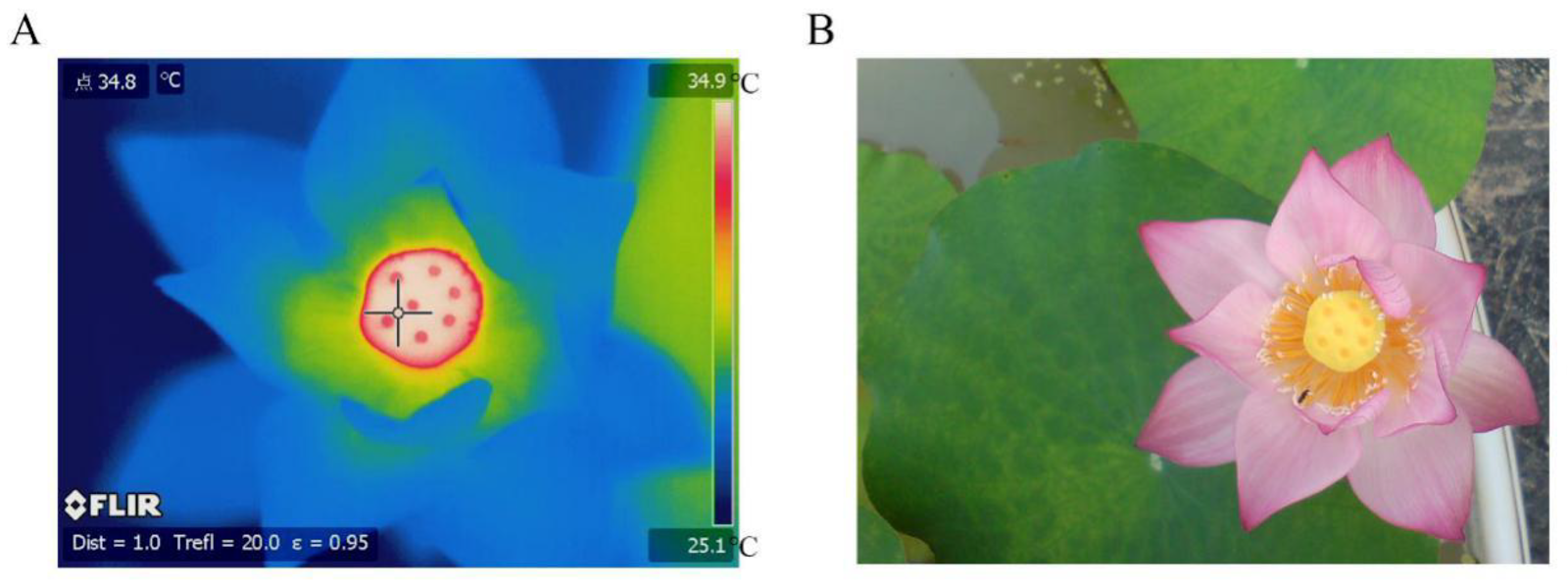Hot Blooms: How Some Flowers Use Heat to Attract Pollinators
Flowers are known for their beauty, color, and fragrance—but did you know that some can generate heat like warm-blooded animals? That’s right. A few rare plants use metabolic heat, a phenomenon called thermogenesis, to melt snow, spread their scent, and attract pollinators. Among them, the star performer is the skunk cabbage.
What Is Thermogenesis in Plants?
Thermogenesis is the ability of some plants to produce internal heat by burning energy (like animals do). Unlike most plants, which are cold-blooded in the sense that they match the temperature of their environment, thermogenic plants can warm themselves up—sometimes by more than 20°C above the surrounding air.
This rare trait is mostly seen in early-blooming or tropical plants that need to attract pollinators under challenging conditions.
Meet the Skunk Cabbage: Nature’s Floral Furnace
One of the best-known thermogenic plants is the Eastern skunk cabbage (Symplocarpus foetidus), which grows in wetlands and forests of eastern North America. It emerges in late winter to early spring, often while snow is still on the ground.
How it works:
-
The flowering structure, called a spadix, contains tissues that rapidly metabolize starches, generating heat.
-
This heat can melt surrounding snow and ice, clearing a path for pollinators like flies and beetles.
-
The warmth also helps spread the plant’s odor, which smells like rotting meat—hence the name “skunk cabbage.”
Though it smells unpleasant to us, it’s highly attractive to scavenger insects that serve as its pollinators.
Why Generate Heat?
Thermogenesis offers several advantages:
-
Attracts cold-tolerant pollinators who are active in chilly conditions.
-
Enhances scent dispersion—heat helps volatile compounds evaporate.
-
Protects reproductive tissues from freezing temperatures.
-
Provides warmth for visiting insects, encouraging longer stays and better pollination.
Other Thermogenic Plants
Skunk cabbage isn’t alone. Other thermogenic plants include:
-
Western skunk cabbage (Lysichiton americanus) – found in the Pacific Northwest.
-
Voodoo lily (Amorphophallus spp.) – tropical plants with massive blooms and intense odor.
-
Titan arum (Amorphophallus titanum) – also called the “corpse flower,” it generates heat and a strong smell to attract carrion beetles and flies.
-
Sacred lotus (Nelumbo nucifera) – maintains a steady warm temperature in its flowers to aid in pollination.
The Science Behind the Heat
The metabolic process that fuels thermogenesis is similar to what happens in animals:
-
Mitochondria in certain cells act as heat engines, breaking down stored energy (carbohydrates) not for growth or reproduction, but purely for heat production.
-
A protein called alternative oxidase (AOX) plays a key role in diverting energy away from ATP production to generate heat instead.
This is an evolutionary trade-off: energy is sacrificed for temperature control, but it boosts pollination success.
Final Thought: Nature’s Unexpected Ingenuity
We often think of plants as passive beings, simply reacting to their environment. But thermogenic flowers like skunk cabbage actively modify their surroundings—melting snow, generating warmth, and attracting pollinators with strategies that would impress even engineers.
In a world where climate and pollination are tightly linked, these "hot-bloomers" remind us of the remarkable adaptations nature evolves in the face of challenge.




